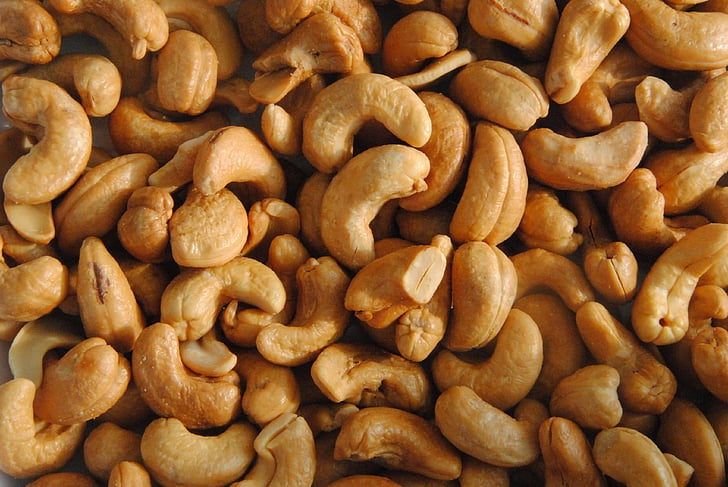A prawn allergy is when you experience symptoms after eating prawns or food containing prawns. Symptoms can be unpleasant, ranging from itchy skin to stomach pain. Serious allergies can cause breathing difficulties or anaphylaxis, but thankfully this is rare. In this post, we’re going to explore the signs and symptoms of prawn allergies, how common they are, and what food to avoid if you suspect you suffer from one.
Can you actually be allergic to prawns? Yes, you can be allergic to prawns. This allergy occurs when the immune system mistakenly identifies proteins in prawns as harmful substances, triggering an allergic reaction.
How common is this allergy? Prawn allergies are relatively common, especially among those with shellfish allergies. They can cause severe allergic reactions and are often lifelong.
Prawn Intolerance & Allergy | Signs & Symptoms
Signs & Symptoms of a Prawn Intolerance or Allergy
What are the symptoms of a prawn allergy?
A prawn allergy can manifest in various ways, ranging from mild to severe. Here are some common symptoms:
| Symptom Type | Examples |
|---|---|
| Skin reactions | Itching, hives, eczema |
| Gastrointestinal | Nausea, vomiting, stomach cramps |
| Respiratory | Sneezing, coughing, shortness of breath |
| Anaphylaxis | Severe breathing difficulties, swelling |
What are the symptoms of a prawn intolerance?
Prawn intolerance differs from an allergy in that it does not involve the immune system. Symptoms are generally less severe and can include:
| Symptom Type | Examples |
|---|---|
| Gastrointestinal | Bloating, gas, diarrhea |
| Headaches | Migraines, general headaches |
What is food intolerance?
Food intolerance occurs when your digestive system has difficulty processing certain foods. Unlike allergies, intolerances do not involve the immune system and are generally less severe.
How common is a prawn intolerance?
Prawn intolerance is less common than prawn allergies. Many people may experience digestive discomfort after eating prawns without having a full-blown allergic reaction.
How do you test for a prawn allergy or intolerance?
What should you do if you think you have a prawn allergy or intolerance?
If you suspect you have a prawn allergy or intolerance, it’s important to consult with a healthcare professional. They may recommend the following tests:
- Skin prick test: A small amount of prawn protein is placed on your skin, which is then pricked to introduce the protein to your immune system.
- Blood test: Measures the amount of specific antibodies produced in response to prawn proteins.
- Elimination diet: Involves removing prawns from your diet for a period of time and then gradually reintroducing them to observe any reactions.
What foods should you avoid if you have a prawn allergy or intolerance?
If you have a prawn allergy or intolerance, it’s crucial to avoid foods that contain prawns. This includes:
- Whole prawns
- Prawn-based dishes (e.g., prawn cocktails, prawn stir-fry)
- Shrimp paste
- Seafood mixes that contain prawns
10 Alternatives to Prawns
If you need to avoid prawns, there are plenty of delicious and nutritious alternatives:
- Chicken: A versatile and widely available protein source.
- Tofu: Great for vegetarian and vegan dishes.
- Quorn: A popular meat substitute.
- Tempeh: Fermented soy product that is high in protein.
- Seitan: Made from wheat gluten and offers a meat-like texture.
- Portobello mushrooms: Provide a rich and hearty flavor.
- Lentils: Excellent for soups and stews.
- Chickpeas: Versatile and nutritious legume.
- Jackfruit: Mimics the texture of meat and is great in savory dishes.
- Fish (for those not allergic): Provides a similar taste and texture in dishes.
Cross-Reactivity with Other Shellfish
It’s important to note that prawn allergies can often be linked with allergies to other types of shellfish. This is known as cross-reactivity, where the proteins in different shellfish are similar enough to cause an allergic reaction. Common shellfish that may trigger reactions in those with a prawn allergy include:
- Shrimp
- Lobster
- Crab
- Crayfish
How to test if you have an allergy to other shellfish
If you have a prawn allergy, it is wise to get tested for other shellfish allergies as well. Consult with your healthcare provider about comprehensive shellfish allergy testing to ensure you can avoid all potential triggers.
How to test if you have an prawn allergy or intolerance
If you believe you may have a prawn allergy or intolerance, trying one of Check My Body Health’s intolerance tests can provide clarity and help you manage your symptoms effectively.
FAQ
1. Can prawn allergies cause anaphylaxis? Yes, prawn allergies can cause anaphylaxis, a severe and potentially life-threatening allergic reaction.
2. Are prawn allergies related to other shellfish allergies? Yes, individuals with shellfish allergies often react to multiple types of shellfish, including prawns.
3. Can cooking prawns reduce allergic reactions? Cooking prawns does not typically reduce the risk of allergic reactions for those with a prawn allergy.
4. Is it possible to outgrow a prawn allergy? It is rare to outgrow a prawn allergy; most individuals with this allergy have it for life.
5. Can prawn-derived ingredients cause allergic reactions? Yes, ingredients derived from prawns, such as shrimp paste, can cause allergic reactions in individuals sensitive to prawns.



